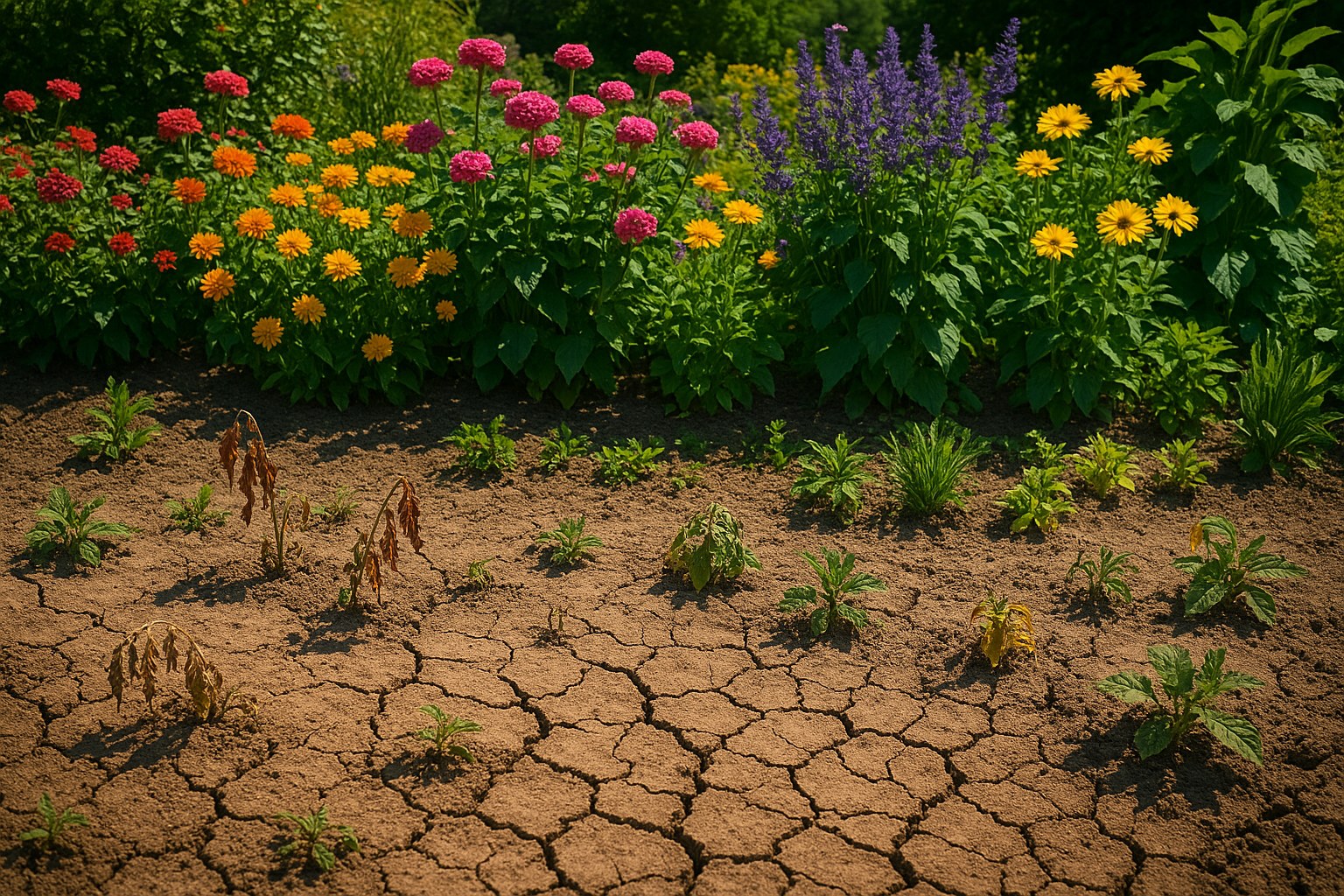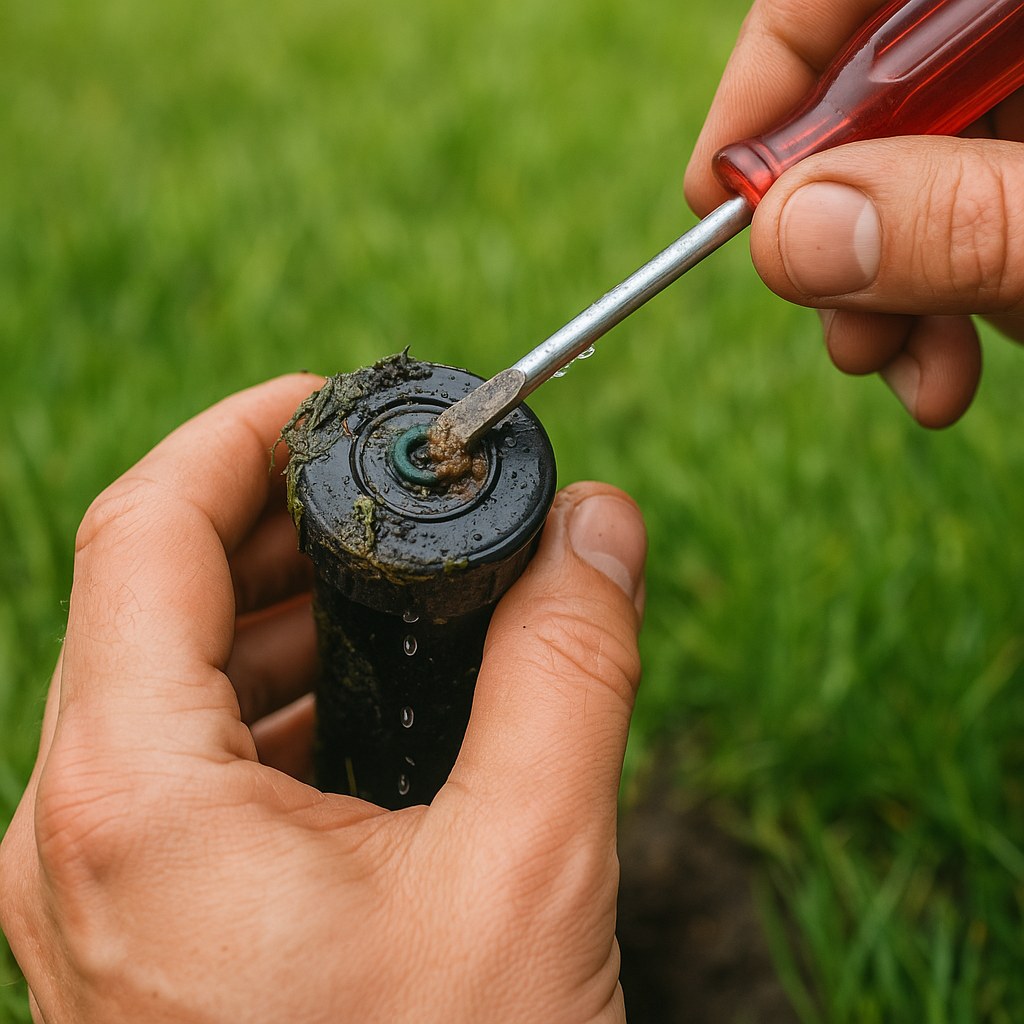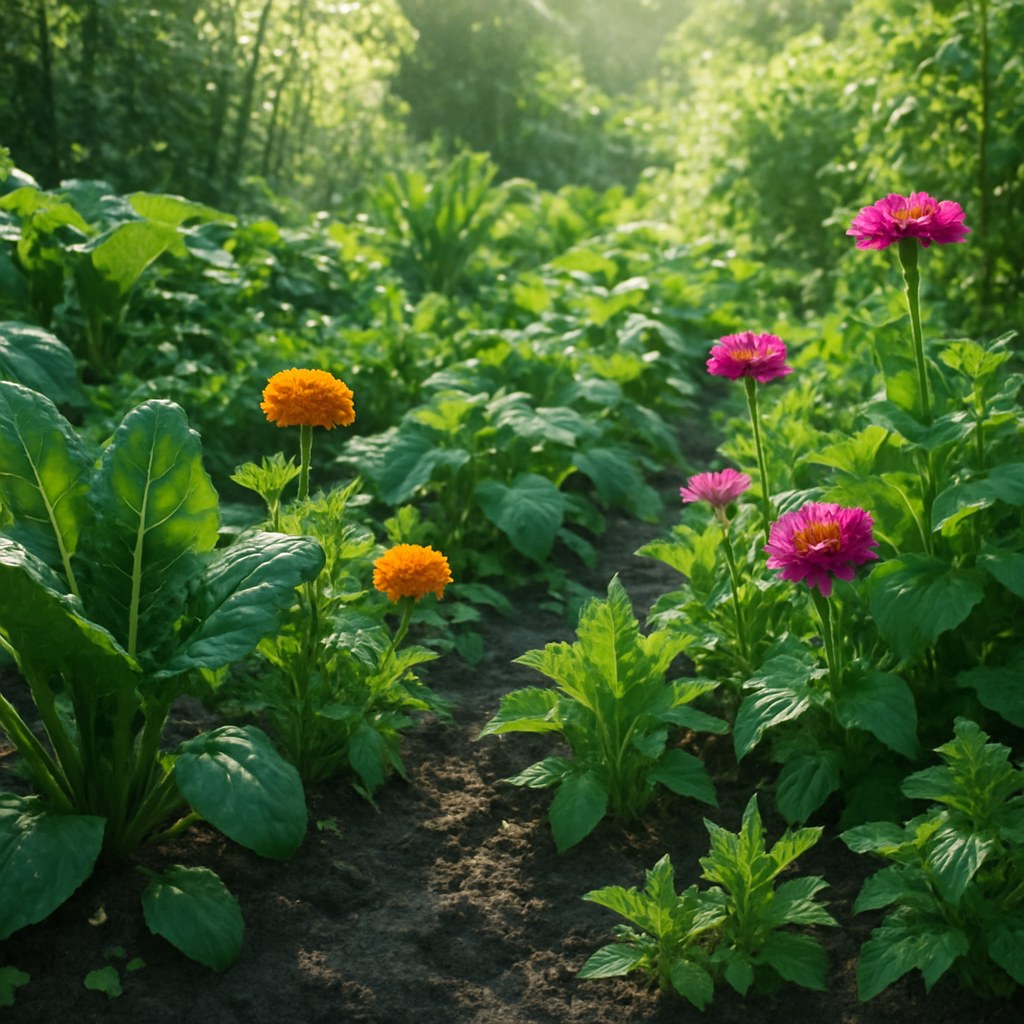You’ve poured time, effort, and care into your garden, only to see your beautiful plants looking sad and droopy. The leaves are wilting, the soil is dry and cracked, and you’re left wondering where you went wrong. Don’t worry, you’re not alone! An underwatered garden is one of the most common issues gardeners face, but the good news is that it’s almost always fixable.
A thirsty garden isn't just an aesthetic problem; it can lead to stunted growth, lower yields for your veggies, and plants that are more susceptible to pests and diseases. But before you start watering indiscriminately, it’s important to figure out why your garden isn't getting enough water. Is it a clogged sprinkler? An inefficient watering technique? Or are you just relying too much on unpredictable rainfall?
In this guide, we’ll walk you through everything you need to do, just like a friendly expert over the phone. We'll help you diagnose the problem, troubleshoot your current watering system, and implement simple changes that will bring your garden back to life. Let’s get those plants hydrated and happy!

The Telltale Signs Your Garden is Thirsty
Your plants have ways of telling you they need a drink. Learning to read these signs is the first step toward solving the problem. Here are the most common symptoms of an underwatered garden:
- Wilting or Drooping Leaves: This is the most classic sign. When a plant doesn't have enough water, it loses turgor pressure in its cells, causing its leaves and stems to droop. While some plants wilt in the hot afternoon sun to conserve water and perk up in the evening, persistent wilting is a clear cry for help.
- Dry, Cracked Soil: If the soil pulls away from the edges of your garden bed or has visible cracks, it’s severely dehydrated. Water isn't just for the plants; it's essential for a healthy soil ecosystem. Bone-dry soil can also become hydrophobic, meaning it actually repels water, making it even harder to rehydrate your plants.
- Slowed or Stunted Growth: Are your plants not growing as quickly as they should be? Water is crucial for photosynthesis and nutrient transport. Without enough of it, a plant's growth will slow down significantly.
- Yellow or Brown, Crispy Leaves: When dehydration becomes severe, the edges of leaves may turn yellow or brown and feel dry or crispy to the touch. This often starts with the oldest, lower leaves first as the plant prioritizes sending water to new growth.
If you’re nodding along to any of these symptoms, it’s time to investigate your watering routine.
Step 1: Identify Your Watering Method
Before you can fix the problem, you need to know exactly how your garden is currently being watered. Most gardeners fall into one of three categories. Take a quick walk around your garden to determine which one best describes you:
- Automated Irrigation System: Do you see sprinkler heads popping up from the lawn or garden beds? Or maybe thin, black poly tubing snaking around the base of your plants (a drip irrigation system)? If you have an irrigation timer, you’re in this group.
- Manual Watering: Is your go-to tool a hose, watering wand, or a trusty watering can? If you are the one personally delivering water to your plants on a regular basis, this is you.
- Rainfall-Only: Do you largely rely on Mother Nature to handle the watering for you, only intervening during a long dry spell? This approach can work in some climates, but often requires supplemental care.
Once you’ve identified your method, you can jump to the section that applies to you and start troubleshooting.
Step 2A: For Automated Systems – A Diagnostic Checklist
Automated systems are fantastic for their consistency, but when they fail, they can fail silently, leaving your garden high and dry. Let’s run through a quick diagnostic.
For this, you might need a flathead screwdriver and a water pressure gauge.
- Run a System Test: Go to your irrigation timer and set it to run each zone for just a minute or two. This will allow you to observe the entire system in action without wasting too much water.
- Check Every Sprinkler Head and Drip Emitter: Walk through each zone as it runs.
- For Sprinklers: Are they spraying in the right direction? Sometimes they get knocked out of alignment. You can gently twist the head with your hand or a flathead screwdriver to redirect the spray toward your plants, not the pavement. Is the spray pattern weak or uneven? The filter might be clogged. Carefully unscrew the cap on the sprinkler head and rinse the small filter inside with a hose.
- For Drip Emitters: Are any emitters sputtering or not dripping at all? Debris can easily clog them. A gentle flick with your screwdriver can often dislodge the blockage.
- Look for Leaks: As you walk the line of your drip system, look for puddles or unusually soaked spots. This could indicate a leak in the poly tubing, which diverts water from where it’s needed and can lower the pressure for the rest of the system.
- Test Your Water Pressure: Low water pressure can prevent your system from working effectively. Screw a water pressure gauge onto the outdoor faucet closest to your irrigation system and turn the faucet on all the way. According to experts, the pressure for most residential irrigation systems should be between 40 and 65 PSI. If your reading is below 30 PSI, you may have a larger issue that requires a professional.
- Optimize Your Schedule: Many people water too frequently for short periods. It’s far better to water deeply and less often. Program your timer to water in the early morning (between 4 a.m. and 9 a.m.) to minimize evaporation. Aim for at least 15-20 minutes per zone, 2-3 times a week, depending on your climate and soil.
If you’ve made these adjustments and water coverage now seems uniform and sufficient, you're all set! If not, and your water pressure was below 30 PSI, it’s time to call a licensed plumber. If the pressure is fine but the system is still underperforming, a certified irrigation professional can help repair or redesign it for better coverage.

Step 2B: For Manual Watering – How to Water Smarter, Not Harder
Manually watering your garden can be a peaceful, meditative task, but it’s easy to do it ineffectively. Here’s how to improve your technique.
For this, you might find a soil moisture meter, a watering wand, and some mulch very helpful.
- Water Deeply, Not Shallowly: A light sprinkle only moistens the top layer of soil, encouraging shallow roots that are vulnerable to heat and drought. Your goal is to water deeply enough to soak the soil 6 inches down. A watering wand attached to your hose is perfect for this, as it allows you to deliver a gentle, targeted stream of water directly to the base of each plant. Water each plant for about 30 seconds to ensure the water penetrates deep into the root zone.
- Check the Soil Moisture: How do you know if you’ve watered enough? A soil moisture meter is a fantastic, inexpensive tool that takes the guesswork out of watering. Push the probe about 3-4 inches into the soil near your plants before and after watering to see the difference.
- Apply a Layer of Mulch: Spreading a 2-inch layer of organic mulch (like shredded bark, straw, or compost) around your plants is a game-changer. Mulch helps the soil retain moisture, reduces evaporation from the sun, and suppresses weeds that compete for water.
- Time it Right: Just like with automated systems, the best time to water manually is in the early morning. This gives the water time to soak in before the sun gets too hot and reduces water loss from evaporation.
Try these new practices for one week. If your plants look healthier and the soil stays moist longer, you’ve cracked the code! If they still seem to be struggling, you may want to consult a landscape professional who can create a watering plan tailored to your specific plants and soil type.
Step 2C: For Rainfall-Only Gardens – A Simple Supplemental Plan
Relying on rain is the most natural way to water, but it’s not always reliable. A few dry weeks can spell disaster. Here’s how to supplement rainfall effectively.
You’ll need a rain gauge and a garden journal for this.
- Know How Much Water Your Garden Needs: Most gardens need about 1 inch of water per week, either from rain or supplemental watering.
- Measure the Rainfall: Place a rain gauge in an open spot in your garden. After it rains, check the measurement. This will tell you exactly how much water your garden received naturally.
- Supplement When Necessary: If you get less than 1 inch of rain in a week, it’s time for you to step in. Use a hose with a sprinkler attachment or a watering wand to deeply water your garden once or twice that week to make up the difference.
- Keep a Journal: Use a simple garden journal or a notebook to track weekly rainfall and the dates you provided supplemental water. This will help you identify patterns and stay on top of your garden’s hydration needs over time.
If you can commit to this simple plan, your garden will be much more resilient during dry spells. If you find you don’t have the time, it might be worth hiring a landscape professional to install a simple and affordable drip irrigation system.

Final Thoughts
A thirsty garden can be disheartening, but with a little investigation and a few simple adjustments, you can turn things around quickly. By identifying your watering method and following the targeted steps for your system, you can ensure your plants get the consistent, deep hydration they need to flourish. A healthy, well-watered garden is a beautiful and rewarding space, and you have the power to create it.
Feeling overwhelmed or need a hand with a more complex issue? Download the Casa app today! Casa is your trusted partner for all things home maintenance. Our app offers more easy-to-follow DIY guides, helpful reminders, and can connect you with vetted, local professionals like landscape experts and plumbers right when you need them. Take the guesswork out of home care and let Casa help you every step of the way.


